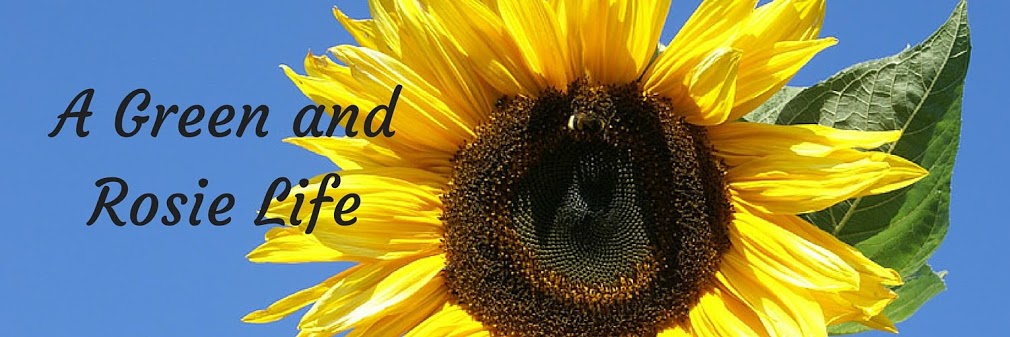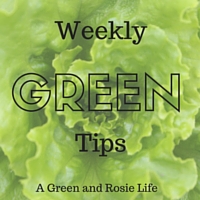Week 40 - My 7 Favourite Foraged Foods
7 Foraged Foods
1. Wild Garlic
The leaves of wild garlic are often the first thing I get to pick at the beginning of the year and in a mild winter this can be as soon as early February. I love them aded to all sorts of dishes with my favourite probably being a leek risotto.
2. Beech Leaves
I have added this one, not because it is something I forage for a lot but because the young leaves make the most delicious alcoholic drink called Beech Leaf Noyau which I thought others might like to try!
3. Dandelions
Possible the bane of many a gardener but not me. I tolerate them in the veg patch as the pigs like them but is the flowers I wait for and turn into dandelion jam or jelly .... or syrup when sometimes it refuses to set. Most people cannot believe the delicious preserve I offer them is made from dandelions.
4. Elderflowers
... and berries in the autumn. Elderflower champagne is so easy to make and a wonderfully refreshing summer drink.. Just a word of caution though - be careful what bottles you store it in. The berries can be added to fruit jellies and chutneys or made into the unusually sounding Pontack Sauce .... that is best kept SEVEN years to mature.
5. Blackberries
These must be the most commonly foraged berry with brambles popping up all over the place. I love them in crumbles and this apple and blackberry cake. What is your favourite way to eat them?
6. Sloes
Say sloe to any forager and I bet their eyes will light up as they say Sloe Gin back to you! But you can also add them to jellies and they really help them to set as they contain a high level of pectin.
7. Rosehips
In WWII children were paid to collect rosehips which were made into a syrup. With oranges and other citrus fruits unavailable the syrup became an invaluable source of Vitamin C for the nation's young people. I make rosehip syrup to both help fight colds due to its vitamin contant and also because I love it drizzled over my morning porridge!
Foraging Rules
If you are heading out to forage please do follow these simpler rules:
1. Be sure you know what you are foraging for - if in doubt leave it there.
2. Only pick enough for your own use and leave plenty for nature and other foragers
3. Ask the landowners permission
4. Avoid heavily polluted areas and where foraging at or near ground level avoid areas with lots of dogs!
Have you seen all the other posts in my #WeeklyGreenTips series? Click on "Weekly Green Tips" in the labels section in the right hand column for loads more green inspiration.







I love foraging! We too go for elderflowers and sloes. There are loads of rosehips but I haven't tried anything with them yet and I love the idea of doing something with dandelions! I need to start expanding my foraging recipes as well as we have way too much jam in the cupboard.
ReplyDeleteI have rose hips in the freezer I need to turn into syrup especially as there are so many cold viruses around right now.
Deletegreat list!
ReplyDeleteI have done some foraging but most of the time it is for plants to dye wool with :)
You have reminded me that I have a book on dying somewhere - I shall hunt it out.
DeleteI have never heard of beech leaf noyau, sounds intriguing.... At this time of year where I live there's plenty of wild asparagus in the forests. That would have to be my favourite right now.
ReplyDeleteI love asparagus but green as the English eat it, not French white. I bet the wild stalks are green. #Yum
DeleteMy hubby loves to forage mushrooms en France. But I worry about which ones he picks! #GoingGreenLinky
ReplyDeleteDid you know that you can take them to the pharmacy in France and they will tell yo if they are edible or poisonous?
Delete